A COLLAPSE, A DEATH, & AN INQUIRY (1912)
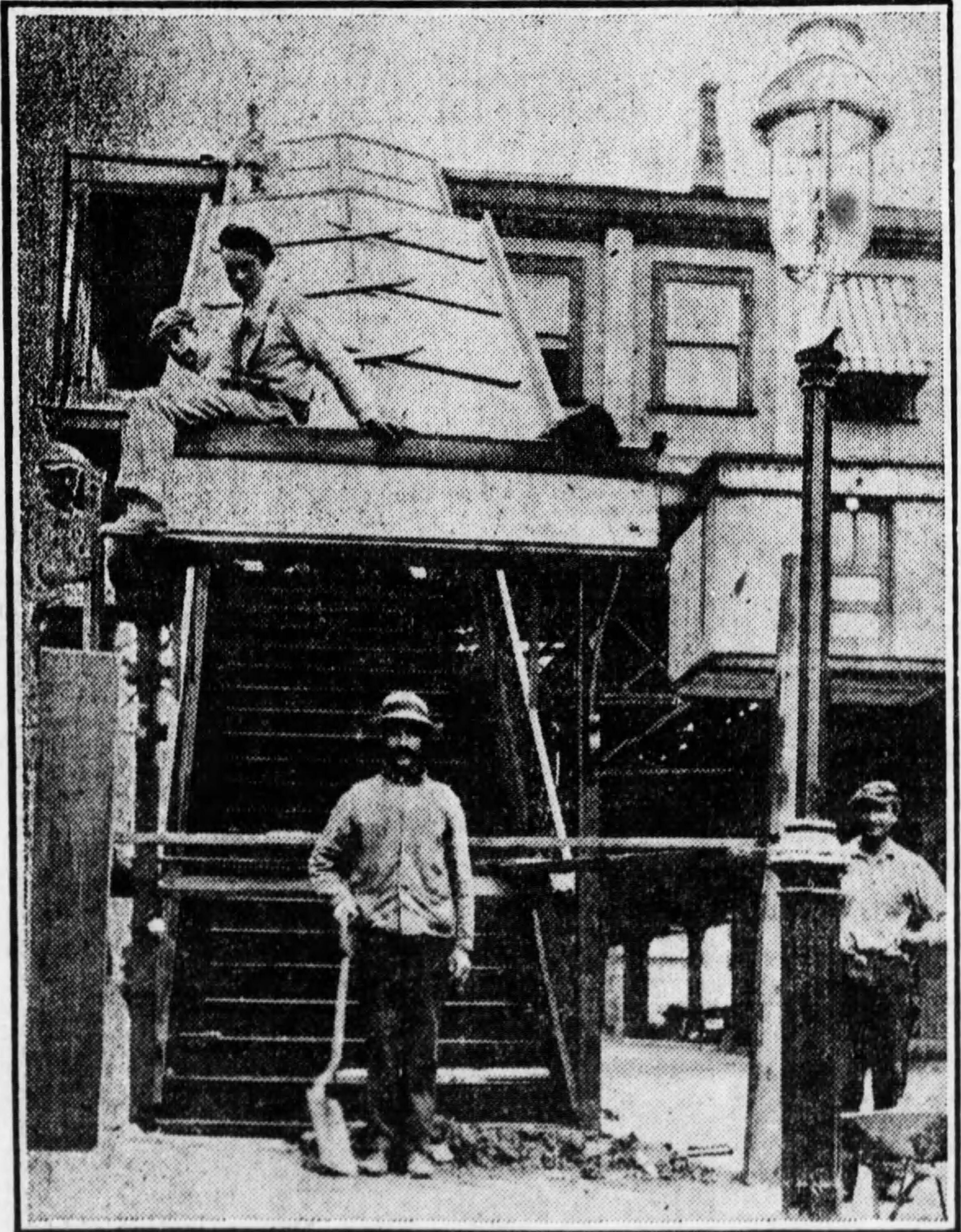
Brownstone Detectives investigates the history of our clients’ homes.
The story you are about to read was composed from research conducted in the course of one of those investigations.
Do you know the history of YOUR house?
********************************************************************************************************************************
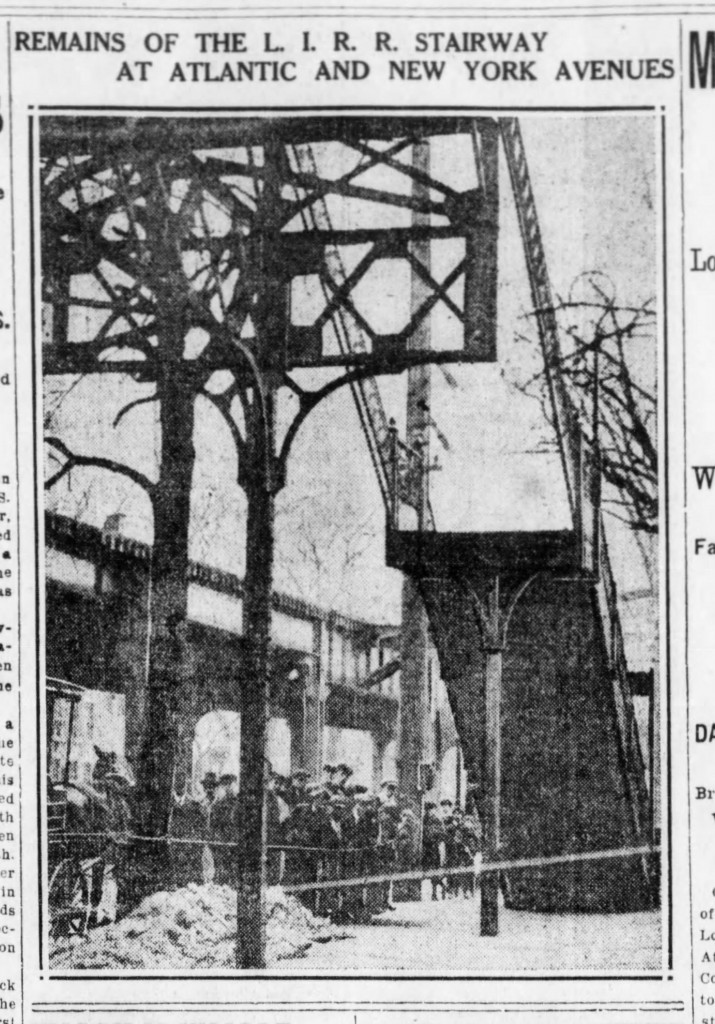
It happened just before Christmas of 1912.
A young husband in the prime of his life rushes to buy a last-minute Christmas gift for his beautiful wife. With the pearl necklace safely deposited in his suit-coat pocket, he dashes to catch the train that is approaching. Rushing up the stairwell to the Long Island Rail Road (L.I.R.R.) platform, he quickly reaches the top step. As he turns the corner to run for the platform, he barely senses the very stairwell beneath him shifting almost imperceptibly beneath his feet. Then, as a loud crack reports his entire balance has shifted, and he is suddenly in a terrifying free-fall.
Seconds later the young husband’s body is covered with tons of – what had seconds before been – concrete stairs.
This fatal collapse of the L.I.R.R. stairwell occurred at Atlantic and New York avenues, and was subsequently blamed on the corrosion of two cast-iron posts which supported the entire concrete structure.
The tragedy on the L.I.R.R. stairway at New York and Atlantic avenues ended in the sudden death of a well-known art expert, David H. Cochran of 113 Macon Street.
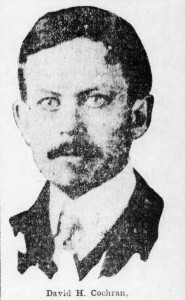
THE BEGINNING OF A “BIG” INQUIRY
The very day afterward, as the finger-pointing already began to take place, a “big” inquiry was established which would look into the cause of the accident. All city elevated stairwells, it was announced, were to be subject to “service board tests,” which would determine their strength and suitability for the daily traffic they received.
Experts would be gathered, the site inspected countless times, and tests performed. After months of deliberations, committee meetings, and discussions with L.I.R.R. officials, the City would, in the end, declare the fault to rest with the corroded 7-year-old cast-iron supports.
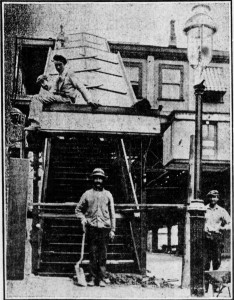
“The steps were built in accordance with the most modern ideas, and were considered all right from every engineering standpoint,” an L.I.R.R. engineer stated. The accident, though, he declared, was “caused by the vibration of the structure which caused the connections to break away.”
But tossed into the mix was a comment by a city coroner who visited the site of the accident in the course of his duties. Coroner Glinnon noted that he had made a “personal examination of the wrecked stairway” and decided that the “heavy concrete was not provided with adequate support.”
Glinnon, though clearly not the final word in railway or civil engineering, had said what many in the city were thinking: “How could so many tons of concrete be held up by two cast-iron supports?”
And so, city leaders, aware of the rumors making the rounds, sensed the growing public fear of the use of reinforced concrete stairs, and decided to eventually begin installing stairways composed “entirely of steel.”
Almost two years later, though, with other stairwells in other locations along the L.I.R.R. having already been replaced by the new steel stairways, the stairwell at New York Avenue was still mired in red tape.
And by this time, David H. Cochran had long ago been mourned, waked, and then buried at Green-wood Cemetery.
THE LAST GOOD-BYE
But the tragedy, of course, had an overwhelming human element to it which drove every deliberation and committee meeting, and kept the public’s mind on the fact that it had unalterably ended the life of a promising young Brooklynite and, in extension, the peaceful and loving marriage of a young couple.
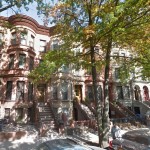
The funeral at Cochran’s Macon Street home would become the pathetic scene involving many of his friends along with scores of children whom he had befriended in his lifetime.
“Mr. Cochran was known to every child in the neighborhood, ” the Brooklyn Daily Eagle noted. “It was a common sight to see him come along the street with half a dozen youngsters tugging at his coat, and at times he even held a more tiny one in his arms. He loved children.”
Indeed, the unplanned focal point of the wake at his home was the arrival of three “ragged street arabs,” one of them “an Italian boy,” who arrived and asked timidly to be permitted to see their friend once more.
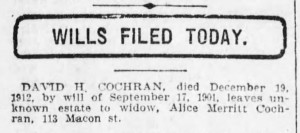
“Their wish was granted and they passed through the hall, to where the body rested in the flower-covered casket ad with their caps clenched in their tiny hands and tears trickling down their faces, knelt by the bier and said a prayer.
It seemed almost a scene out of a Dickens novel, as this last tribute of respect to the man who had befriended them was paid by three children of “this class.”
“When the youngsters whispered ‘Amen’ the widow of Mr. Cochran, who was one to witness their act from the start, beckoned to the trio and they slowly walked to her side.”
“Did you know Mr. Cochran?” she asked.
But the “soft voice” of the widow “was too much for them and they were forced to cry aloud.
“A moment later they left the house and disappeared into the night.”
David H. Cochran was buried the following day in the northernmost section of Green-wood Cemetery.
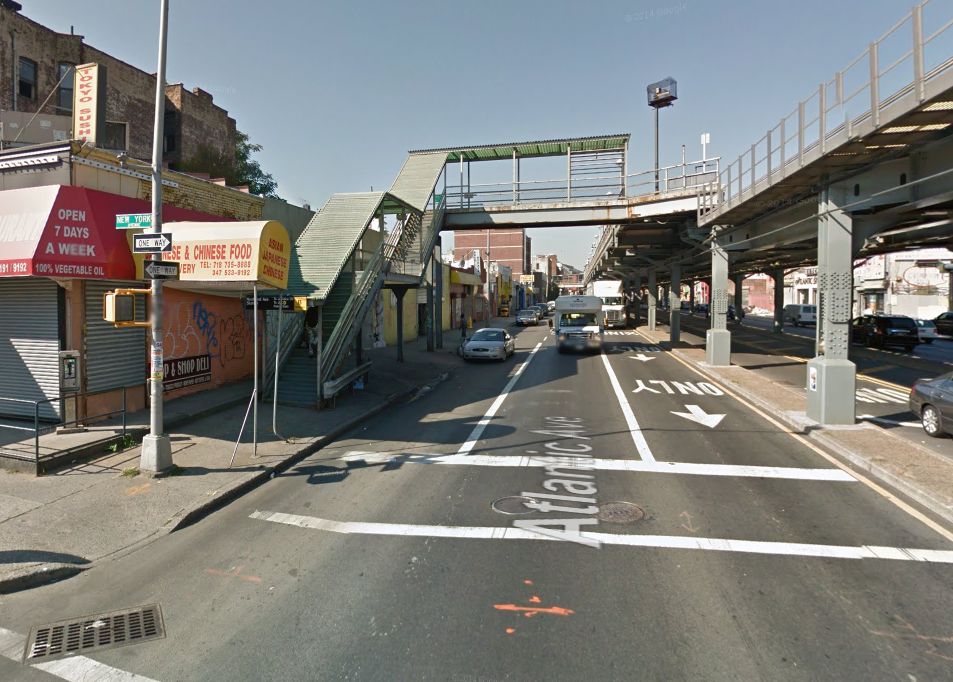
———————————————————————————————————————–
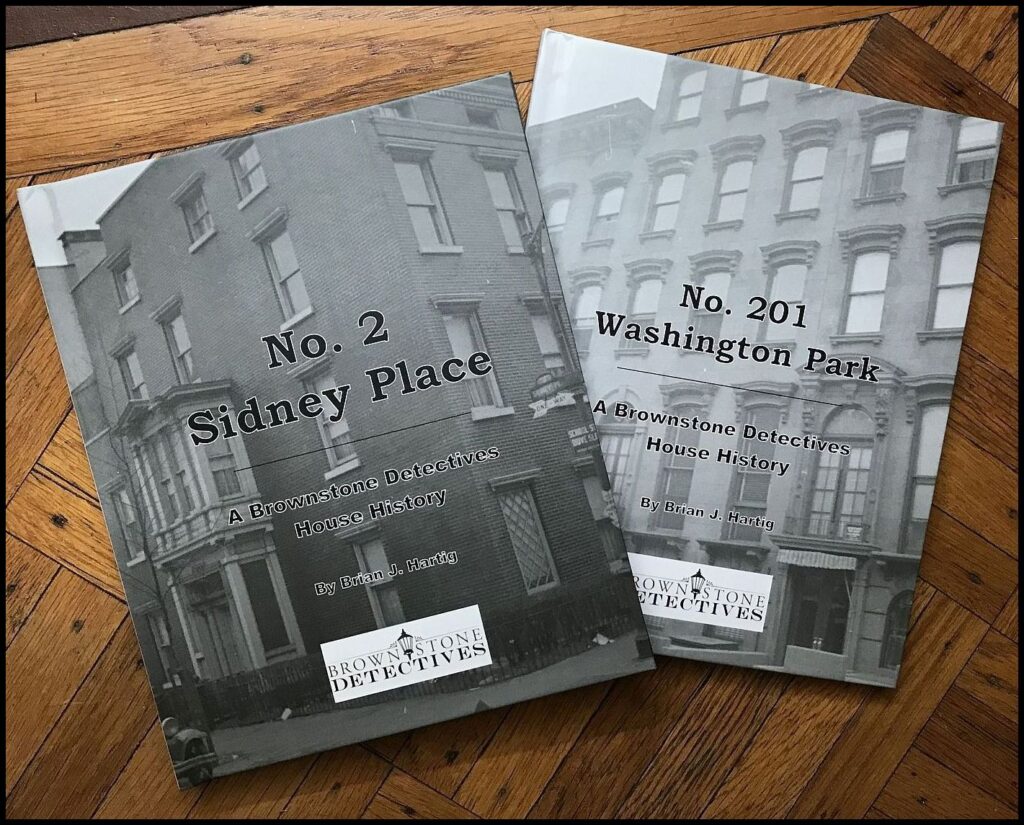 Brownstone Detectives is an historic property research agency. Our mission is to document and save the histories of our clients’ homes. From our research, we produce our celebrated House History Books and House History Reports. Contact us today to begin discovering the history of your home.
Brownstone Detectives is an historic property research agency. Our mission is to document and save the histories of our clients’ homes. From our research, we produce our celebrated House History Books and House History Reports. Contact us today to begin discovering the history of your home.